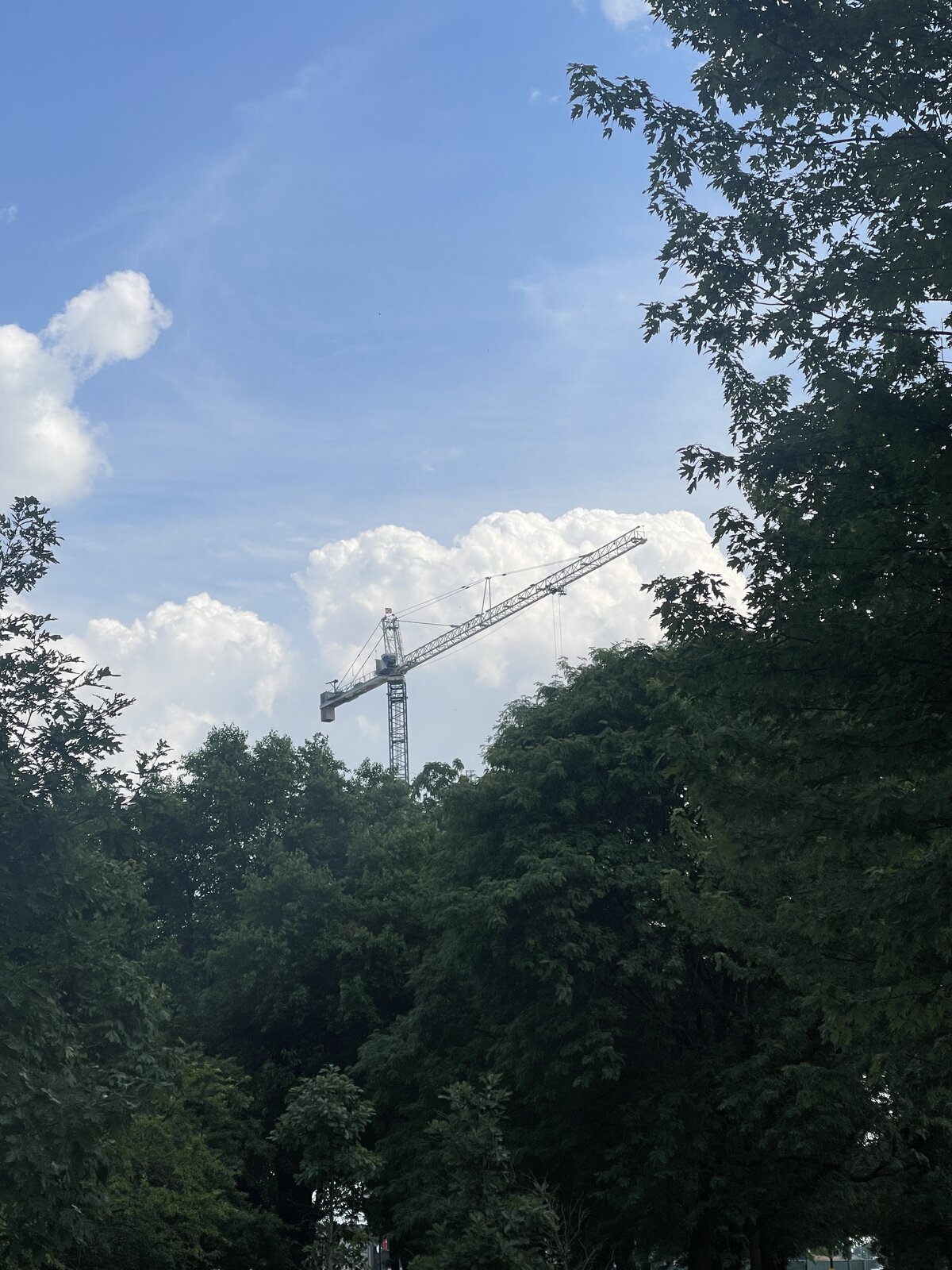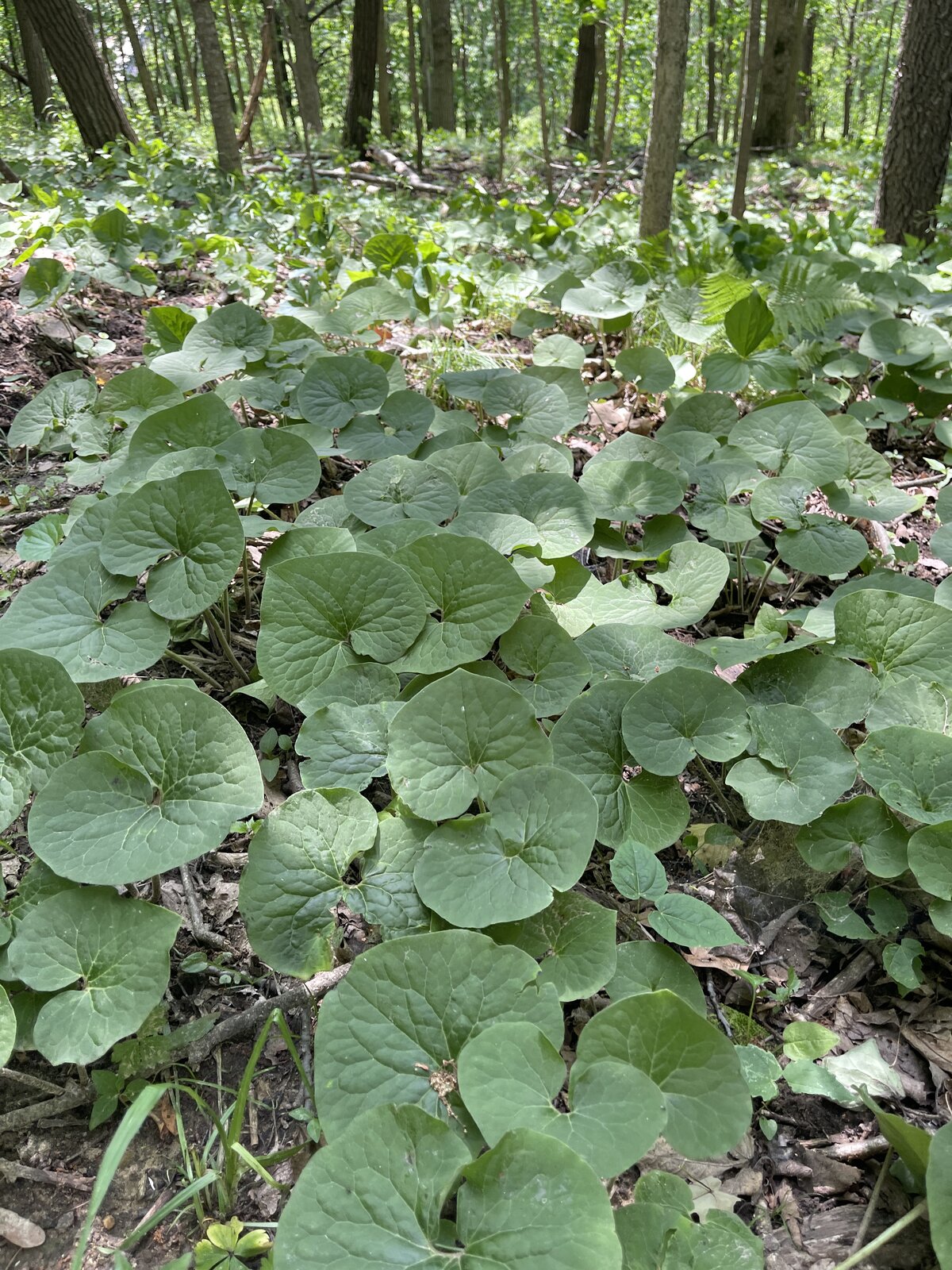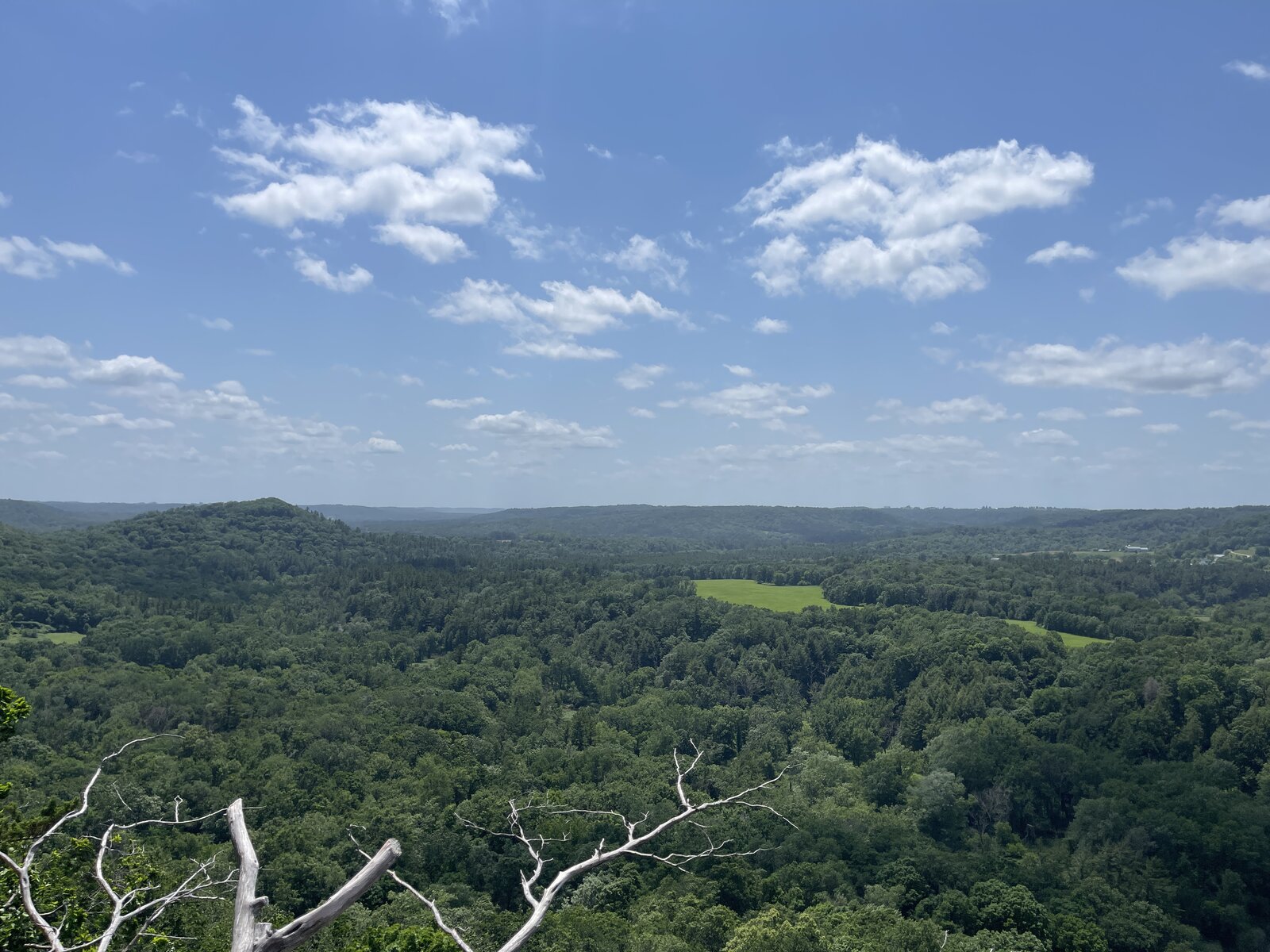The Living Word and the Dead Word
On the relationship of bots to text and language:
If I am to understand these bots as “thinking things”1, then their thinking substance is the text, words.
Yes, bots can ingest images, produce video, and speak back to me with a synthetic voice. But, for the moment, they still stake most of their claim to intelligence on their facility with language. More specifically, on the written text, to which these models are indebted for their origins. Large language models would be inconceivable without the collected work of the textual internet.
Text is the interface that I use to converse with bots, to enter into a back and forth with an Other, and to come to know it.2 I type things, they answer back. In short order we have an essay–mostly from the bot’s side. They have the capacity for a speed of reply and volume of text that exceeds anything I could have produced on my own. Intelligence–in the “Turing Test” sense of that word–is an effect, a performance that the machine pulls off. One reason that people credit these bots with intelligence may be that they produce so much text, so fast. You could write a history of Western literacy according to its accelerating rate of textual production: from single characters and words etched on tablets by hours of human labor, to millions of fully-formed pseudo-reports slopped out every second by data centers filled with GPUs.
I wonder a lot these days about how the automated production of text is changing everyone’s relationship to it. Even before the bot explosion, it would have been arcane to point out that writing–the written word– was a technology. In a historical moment with mass literacy and information explosion, ordinary human labor had already produced more than enough text to render it unremarkable. Fifty years ago, even, it would have been ludicrous to attach any kind of fascination to the mere appearance of a text, as if writing itself was exceptional. If anything the ontological status of the text had flipped. Maximalist pursuits like advertising spread text across every possible surface: the empty air, the bottom of the ocean. Writing had moved closer to the status of litter, another form of spoilage by human development. Another definition of nature: the absence of text. Text had become just another efficient vehicle for information, competing with other media.
Read more →
 wild ginger, a slow grower at about 6 inches per year, spreading a hundred or more feet downhill
wild ginger, a slow grower at about 6 inches per year, spreading a hundred or more feet downhill Huge stands of Ladyfern (Athyrium filix-femina) wherever the tree cover was heavy. In any window where a tree fell and the canopy broke open, the ferns were burned away
Huge stands of Ladyfern (Athyrium filix-femina) wherever the tree cover was heavy. In any window where a tree fell and the canopy broke open, the ferns were burned away Something in the Osmorhiza genus, likely aniseroot. My eye was captured by the segmented, almost fern-like lobes of leaves on this plant.
Something in the Osmorhiza genus, likely aniseroot. My eye was captured by the segmented, almost fern-like lobes of leaves on this plant.
 Image credit
Image credit